Discovery of Differences in Arsenic Detoxification Pathways between Eukaryotic and Prokaryotic Microorganisms and Their Driving Forces
Recently, the Innovation Team for Degraded and Polluted Farmland Restoration at the Institute of Environment and Sustainable Development in Agriculture, CAAS, has made new progress in the research on the microbial arsenic metabolism mechanism. The related findings were published in ISME Communications (a journal of the International Society for Microbial Ecology) under Nature Publishing Group.
Microorganisms adapt to arsenic stress in the environment through specific metabolic pathways, thereby driving the biogeochemical cycles of arsenic. The molecular strategies of arsenic detoxification mediated by prokaryotic microorganisms are relatively clear. However, the differences in arsenic detoxification strategies between eukaryotic microorganisms and prokaryotic microorganisms remain unexplored. This gap significantly hinders our understanding of the mechanisms of microbe-arsenic interaction across different scales and limits the exploration and application of microorganisms and their functional genes for the remediation of arsenic-contaminated environment.
To address this, this study constructed conserved domain models for 16 arsenic biotransformation genes (oxidation, reduction, methylation, demethylation, efflux, etc.) and systematically analyzed the distribution of homologous proteins across 670 microbial whole genomes. It was found that proteins related to arsenic reduction and efflux are more widely distributed in prokaryotic microorganisms, while proteins related to arsenic oxidation are more prevalent in eukaryotic microorganisms. Based on further validation of the expression of the aforementioned functional genes at the transcriptional level, it was found that under arsenic stress, the expression levels of functional genes related to arsenic reduction and efflux were significantly higher in bacteria than in fungi, while the expression levels of arsenic oxidation genes were higher in fungi than in bacteria. Additionally, by analyzing the selective pressure of different arsenic functional genes within microbial populations, it was found that fungi experience significantly higher purifying selection intensity compared to archaea and bacteria. There is a significant positive correlation between the intensity of purifying selection on arsenic biotransformation genes and their species distribution breadth and gene expression levels. This indicates that microorganisms have developed relatively unique arsenic metabolism pathways when subjected to varying intensities of purifying selection pressure, leading to differences in arsenic detoxification strategies. This study lays a theoretical foundation for future exploration of specific microbial resources, particularly functional genes related to arsenic detoxification, and their application in environmental remediation.
This research was funded by the National Natural Science Foundation of China and the Agricultural Science and Technology Innovation Program of the Chinese Academy of Agricultural Sciences.
Linkage: https://doi.org/10.1093/ismeco/ycae106
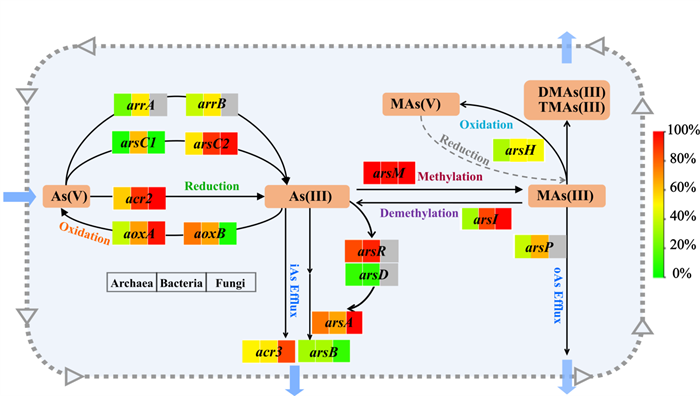
-
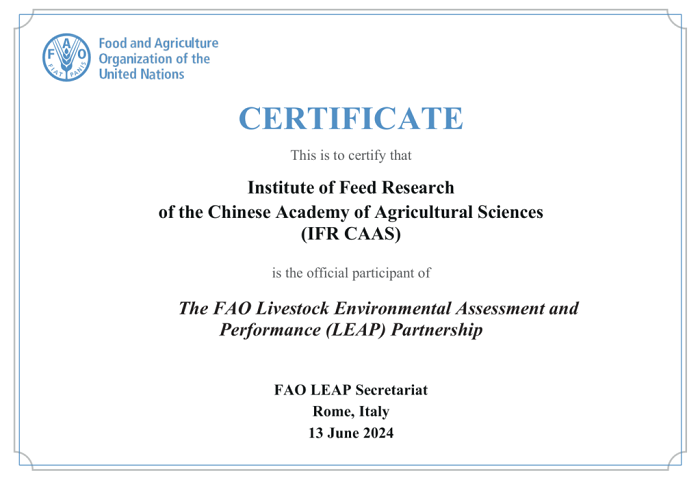 Sep 10, 2024The Institute of Feed Research Joined the FAO LEAP Partnership
Sep 10, 2024The Institute of Feed Research Joined the FAO LEAP Partnership -
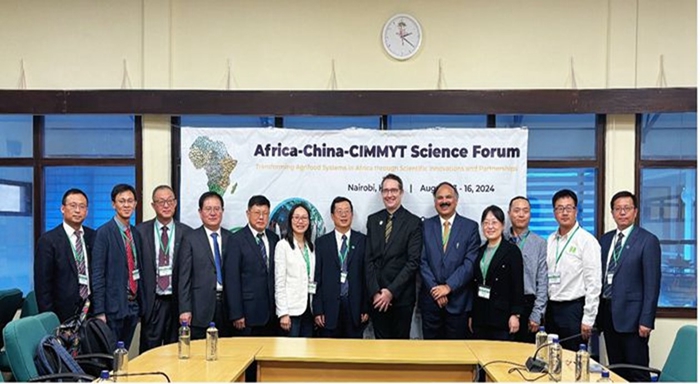 Sep 10, 2024CAAS Continues to Deepen China-Africa Agricultural Science and Technology Cooperation
Sep 10, 2024CAAS Continues to Deepen China-Africa Agricultural Science and Technology Cooperation -
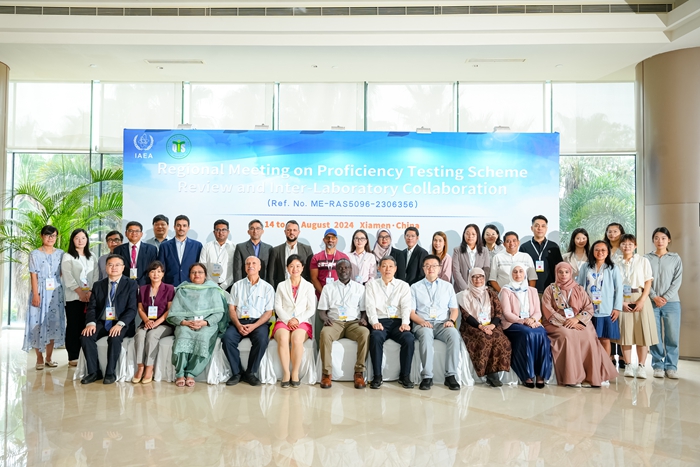 Sep 06, 2024IAEA Regional Meeting on Proficiency Testing Scheme Review and Inter-Laboratory Collaboration
Sep 06, 2024IAEA Regional Meeting on Proficiency Testing Scheme Review and Inter-Laboratory Collaboration -
 Aug 28, 2024CAAS President Meets Chairman of ASEAN FAW Taskforce
Aug 28, 2024CAAS President Meets Chairman of ASEAN FAW Taskforce -
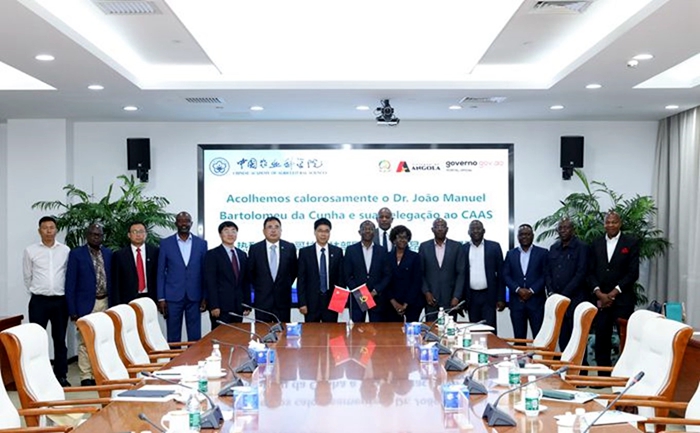 Aug 28, 2024CAAS Leadership Meets Angola Secretary of State for Forests
Aug 28, 2024CAAS Leadership Meets Angola Secretary of State for Forests
